Geomok Hanjeongsik (거목한정식)
3.5 Km 25936 2024-02-13
3-6 Cheonbyeonjwa-ro 364beon-gil, Nam-gu, Gwangju
+82-62-672-0333
Geomok Hanjeongsik is a restaurant that specializes in Namdo-style hanjeongsik (Korean table d'hote). Offering a singular menu item, hanjeongsik, guests select their preferred price range and the number of diners, and the dishes are prepared accordingly. A unique feature of this establishment is the seasonal variety of side dishes, ensuring a different culinary experience with each visit. Emphasizing health, the restaurant avoids strong-tasting chemical seasonings. Set in a converted hanok (traditional Korean house), Geomok Hanjeongsik provides a traditional atmosphere, enhancing the dining experience.
House of Choi Seung-hyo (최승효가옥)
3.6 Km 13824 2023-03-08
29-4, Yangchon-gil, Nam-gu, Gwangju
+82-62-607-2332
The House of Choi Seung-hyo is a traditional residential building located on the southeastern slopes of Yangnimsan Mountain. The rectangular building is open to the east, has 8 kan (the space between two pillars) in the front and 4 kan to the sides, and is graced by a traditional hipped and gabled roof. Since the building was constructed in the 1920s, it offers a valuable glimpse into the architectural style of Korean houses at the end of the Japanese colonial period. Choi Sang-hyeon was an activist who offered his attic as a place of refuge for other activists.
Lee Jang-woo's House (이장우 가옥)
3.6 Km 15223 2021-12-16
21, Yangchon-gil, Nam-gu, Gwangju
+82-62-607-2333
Designated the first Gwangju Folk Material on March 20, 1989, Lee Jang-woo's House is an upper-class, tile-roofed house with a gate, storeroom, servants’ quarters, detached building, and main building. The building is estimated to have been constructed in 1899 and is overall a sturdy example of Korean architecture, well-preserved in its original state. The L-shaped main hall of the historic building is rather large and consists of (left to right) a wooden verandah, a small room, a hall, the main room, a kitchen, and another small room. The room doors are double doors with a sliding door on the inside and a hinged door on the outside. The hall also has partitions that can be hung up as necessary.
Han Hee-won Art Museum (한희원미술관)
3.6 Km 0 2023-01-25
27-6, Yangchon-gil, Nam-gu, Gwangju
+82-62-653-5435
Han Hee-won Art Museum is a small hanok art museum in the back alley of Yangnim-dong.
Painter Han Hee-won grew up in Yangnim-dong, where he was influenced as a painter. In July 2015, he purchased a small hanok between the House of Yi Jang-u and the House of Choe Seunghyo and transformed it into an art museum to preserve and show the spirit of love, comfort, and art in his hometown, Yangnim-dong. An art museum with a low threshold approaching citizens with a humble mind, Han Hee-won Art Museum is open to anyone. Feel free to visit, appreciate the paintings, and be comforted through art.
Holiday Inn Gwangju (홀리데이 인 광주 호텔)
3.6 Km 10094 2021-04-05
55, Sangmunuriro, Seo-gu, Gwangju
+82-62-610-7000
Holiday Inn Gwangju is located directly opposite of the Kimdaejung Convention Center which can be reached within a 2-minute walk. It has 203 modern-style guestrooms, an indoor swimming pool, sauna, and health club on the second floor. The spacious guestrooms are designed for businessmen and tourists alike. Also, it has various facilities available to hold large events, small seminars and family gatherings. Hourglass Restaurant is available on the first floor, offering dynamic promotions by season. On the tenth floor, La Place Restaurant & Grill has a private ambience based on French style, and is a perfect place for business meetings. The Holiday Inn Gwangju is one brand of Intercontinental Hotels Group, having 1,500 hotels and resorts in the world.
Yangnim History & Culture Village (양림역사문화마을)
3.7 Km 5197 2023-11-28
7 Seoseopyeong-gil, Nam-gu, Gwangju
+82-62-676-4486
Yangnim History & Culture Village is located in the area where Western items and ideas first entered Gwangju over 100 years ago. As such, the neighborhood has a unique collection of Western architecture mixed with traditional hanok houses. There are also many houses of Christian missionaries, who facilitated the advancement of medicine and education in Gwangju. Some areas, such as Penguin Village, have been decorated with murals and outdoor exhibitions to promote art and tourism, helping the elderly locals to make a living.
Canceled: Gyeonggi International Travel Mart (찾아가는 경기관광박람회)
3.7 Km 6805 2022-05-17
30, Sangmunuri-ro, Seo-gu, Gwangju
• 1330 Travel Hotline: +82-2-1330 (Korean, English, Japanese, Chinese) • For more info: +82-31-259-4776
Gyeonggi International Travel Mart takes place for three days at Kimdaejung Convention Center in Gwangju.
Yangnim-dong Penguin Village Craft Street (양림동 펭귄마을공예거리)
3.8 Km 17 2023-11-28
20-13 Ogiwon-gil, Nam-gu, Gwangju
Yangnim-dong Penguin Village Craft Street is a narrow alleyway located behind the Yangrim-dong Community Center. The village, named because of the way the elderly residents appear to waddle like penguins, has become an exhibition space of life in the 70s and 80s. Villagers cleaned up empty houses that had been burnt down and left unattended in the past, brought discarded items, and began displaying them on the village walls. "Let's be thankful for living at that time" was engraved on the village wall. It also has historical culture, such as the House of Choe Seunghyo, the House of Missionary Uilsa, and Owen Memorial Hall. The Penguin Jumak in the middle of the village was the residents' gathering place, selling small but necessary items. Various workshops, such as leather workshops, textile workshops, and carpentry workshops, are located on Craft Street, so you can purchase pretty crafts or experience upcycling crafts with a retro vibe in which the historical and the modern coexist.
Arie-ne guesthouse [Korea Quality] / 아리네 게스트하우스 [한국관광 품질인증]
3.8 Km 1546 2022-04-28
6, Cheonbyeonjwa-ro 428beon-gil, Nam-gu, Gwangju
+82-10-2104-8899
Ariene Guesthouse is an accommodation located at Yangnim-ro, Nam-gu, Gwangju that serves as an integrated cultural platform targeting tourists. It is a cost-effective accommodation option with affordable prices and great location in downtown Gwangju. The guesthouse is also close to subway stations including Namgwangju Station and Culture Center Station. Ariene Guesthouse has four ground floors and one basement floor. Yanglim Culture Hall is on the basement floor, a lounge cafe is on the first floor, and a rooftop party room is on the fourth floor. There is a total of nine guest rooms on the second and third floor. There are two double rooms, two twin rooms, three ondol rooms, one men's dormitory room, and one women's dormitory room. In the dormitory rooms, there are two bunker beds and a common locker. The double rooms and twin rooms are for two guests, and the ondol rooms are for up to three and five guests. Although it is a guesthouse, each guest room has a private bathroom. The guesthouse offers complementary homemade-style breakfast. There is also a refrigerator, a washing machine, and a dryer that guests can use. Laundry service is also available with an extra charge. Ariene Guesthouse is located in Yangnim-dong Modern History and Culture Village which has many historic sites related to century-old modern Korean culture. There are various attractions nearby, including Han Hee Won Art Museum, Penguin Village, and Color Village. Guests can enjoy a scenic night view of Gwangju from Sajik Tower located in Sajik Park.
Penguin Village
3.8 Km 0 2023-11-22
7 , Cheonbyeonjwa-ro 446beon-gil, Nam-gu, Gwangju
BTS mural and penguin bread
Since the 1970s and 1980s, 4 to 5 elderly people who lived in old villages started to decorate with scrap metal works, and it turned into a craft street and reached what it is today. There are two murals of j-Hope, whose hometown is Gwangju, and they are the only murals in the village that depict a specific person. It was produced with the support of Chinese fans in commemoration of his birthday in 2020. There is a mural near the village cooperative society cafe, so buying penguin bread at the cafe after viewing the mural is popular.
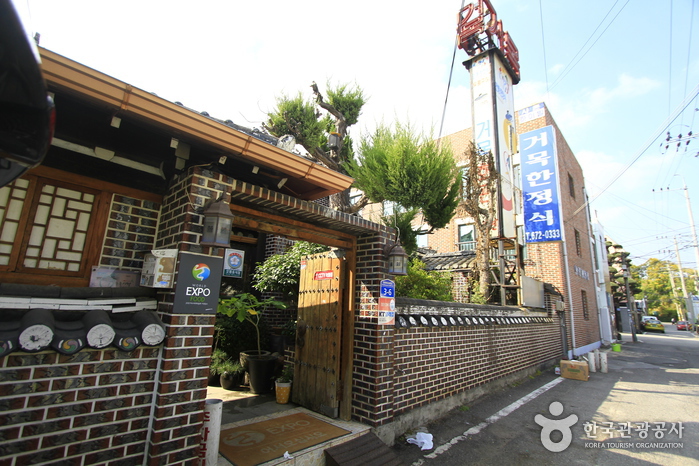
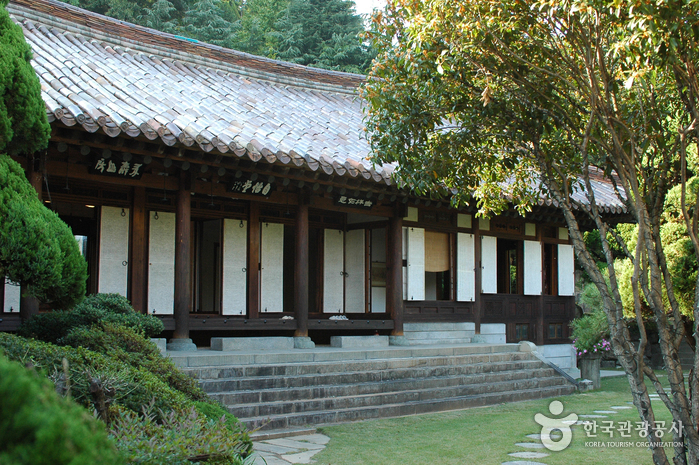
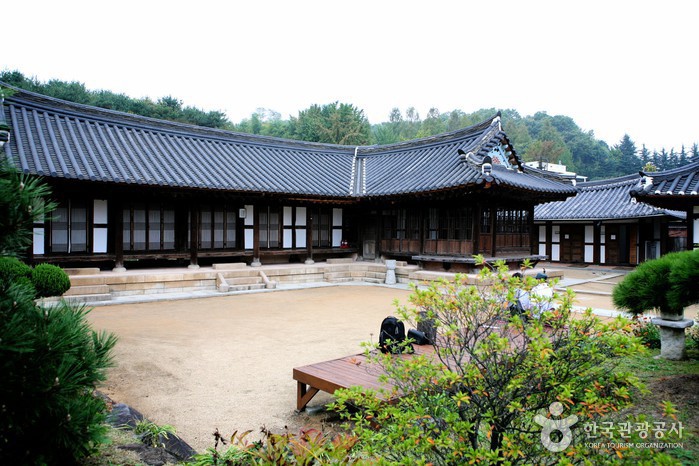

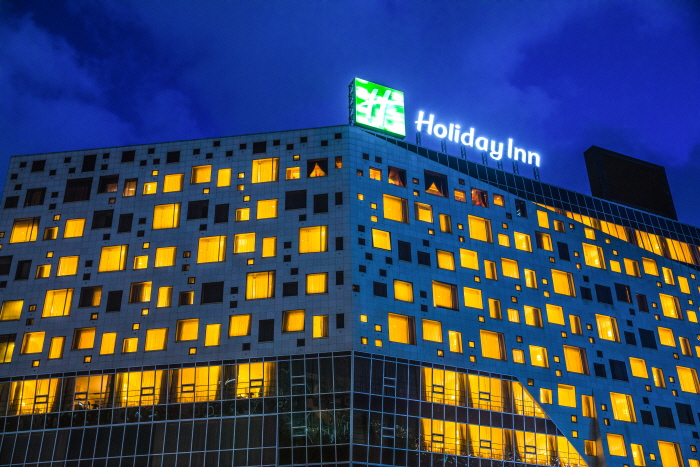
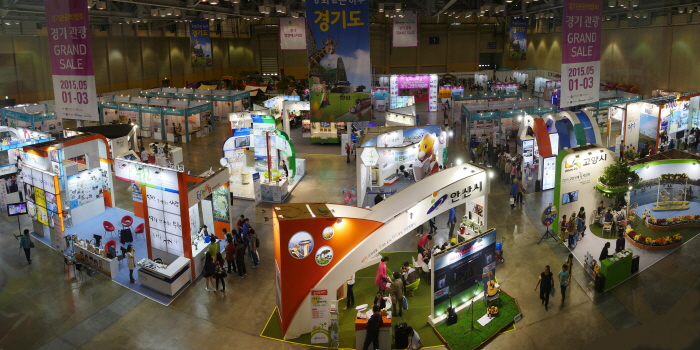
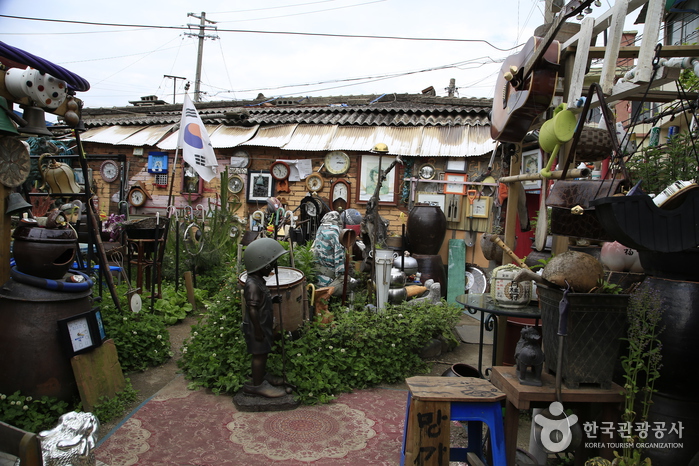
![Arie-ne guesthouse [Korea Quality] / 아리네 게스트하우스 [한국관광 품질인증]](http://tong.visitkorea.or.kr/cms/resource/69/2817869_image2_1.jpeg)

 English
English
 한국어
한국어 日本語
日本語 中文(简体)
中文(简体) Deutsch
Deutsch Français
Français Español
Español Русский
Русский